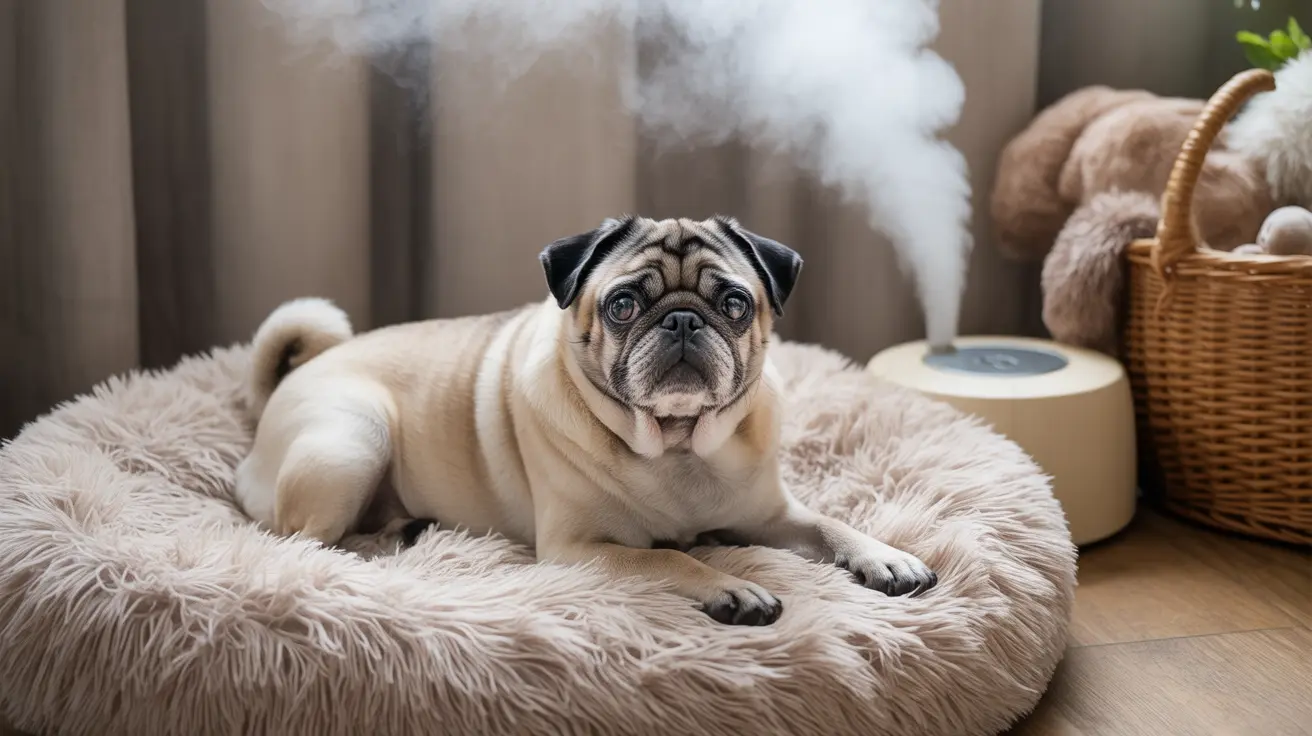Do Dogs Feel Pleasure When They Hump?
Humping, or mounting, is a common and natural behavior in dogs, seen in both males and females regardless of whether they are spayed or neutered. While many pet owners associate this behavior strictly with sexual drive, the reality is far more complex. One of the key questions owners ask is whether dogs feel pleasure when they hump. Let's explore this question in detail by examining the many motivations and physical aspects behind humping in dogs.
Understanding Dog Humping Behavior
To understand whether dogs experience pleasure when they hump, it's crucial to grasp the various reasons they engage in this behavior. Humping is not exclusively sexual. In fact, it can stem from:
- Sexual motivation
- Play and excitement
- Attention-seeking
- Habit or comfort
- Social signaling
- Anxiety or stress
- Medical issues
Sexual Pleasure and Physical Response
Dogs, especially those not spayed or neutered, may hump due to sexual hormones. This type of mounting is typically accompanied by physiological signs such as an erection or ejaculation. In such cases, it is safe to say that the physical act can be pleasurable for the dog, as it results in direct physical gratification similar to sexual activity in other mammals.
Even neutered or spayed dogs might hump due to learned pleasure. If the behavior was previously sexually motivated and physically rewarding, it may become habitual and continue because it feels good or provides comfort.
Humping as a Self-Soothing Behavior
Many dogs use humping as a way to self-soothe. This is referred to as displacement behavior – a method of coping with stress, anxiety, or overstimulation. Just like a person might tap their foot or play with their hair, a dog may hump to calm themselves. Although this form of humping might not be sexually pleasurable, it can still be emotionally rewarding and comforting for the dog.
The Role of Excitement and Play
Play and excitement often trigger mounting in puppies and adults. Dogs may become overstimulated during play or greeting a favorite person, leading to humping behaviors. In these cases, humping could be an energy release mechanism. While not necessarily sexual, this type of humping could still be pleasurable in the sense of relieving physical or emotional tension.
Attention-Seeking and Reinforced Behavior
Dogs sometimes hump to gain attention. If this results in any kind of response—scolding, laughter, or engagement—it becomes rewarding. Dogs are social animals and crave interaction. Thus, any consistent reaction may reinforce the behavior, even if it's driven more by habit or behavioral conditioning than pleasure.
Medical Causes and Discomfort
Sometimes, dogs hump due to underlying medical issues such as urinary tract infections, allergies, itchiness, or even discomfort in the genital area. If this is the case, humping is a response to discomfort rather than pleasure. However, relief from the irritation may bring momentary gratification, confusing the issue further for observers.
When Humping Becomes a Problem
Not all humping behavior is harmless. Here are signs it may be problematic:
- It occurs frequently and compulsively
- Accompanied by injuries like skin abrasions or lesions
- Causes tension with people or other animals
In such cases, the behavior may no longer serve a feel-good purpose and require intervention, particularly if driven by anxiety, compulsion, or obsession.
How to Manage Humping Behavior
If humping becomes an issue, consider the following steps:
- Redirect your dog’s focus – Use commands like “sit” or “fetch.”
- Remove stimulation – Calmly take your dog out of the situation.
- Control the environment – Take away objects that prompt humping.
- Increase physical and mental stimulation – Regular exercise and puzzle toys can help.
- Address underlying health concerns – Consult your vet if physical causes are suspected.
- Consider spaying/neutering – Especially if hormones are a contributing factor.
Conclusion
In summary, dogs can indeed experience pleasure from humping, particularly when it's sexually driven or serves as a soothing habitual behavior. However, not all humping originates from pleasure—it can also be rooted in anxiety, habit, or discomfort. Understanding the underlying cause is essential for responsible pet care. If your dog’s humping becomes excessive, distressing, or socially problematic, consult a veterinarian or certified behaviorist to determine the best course of action.





